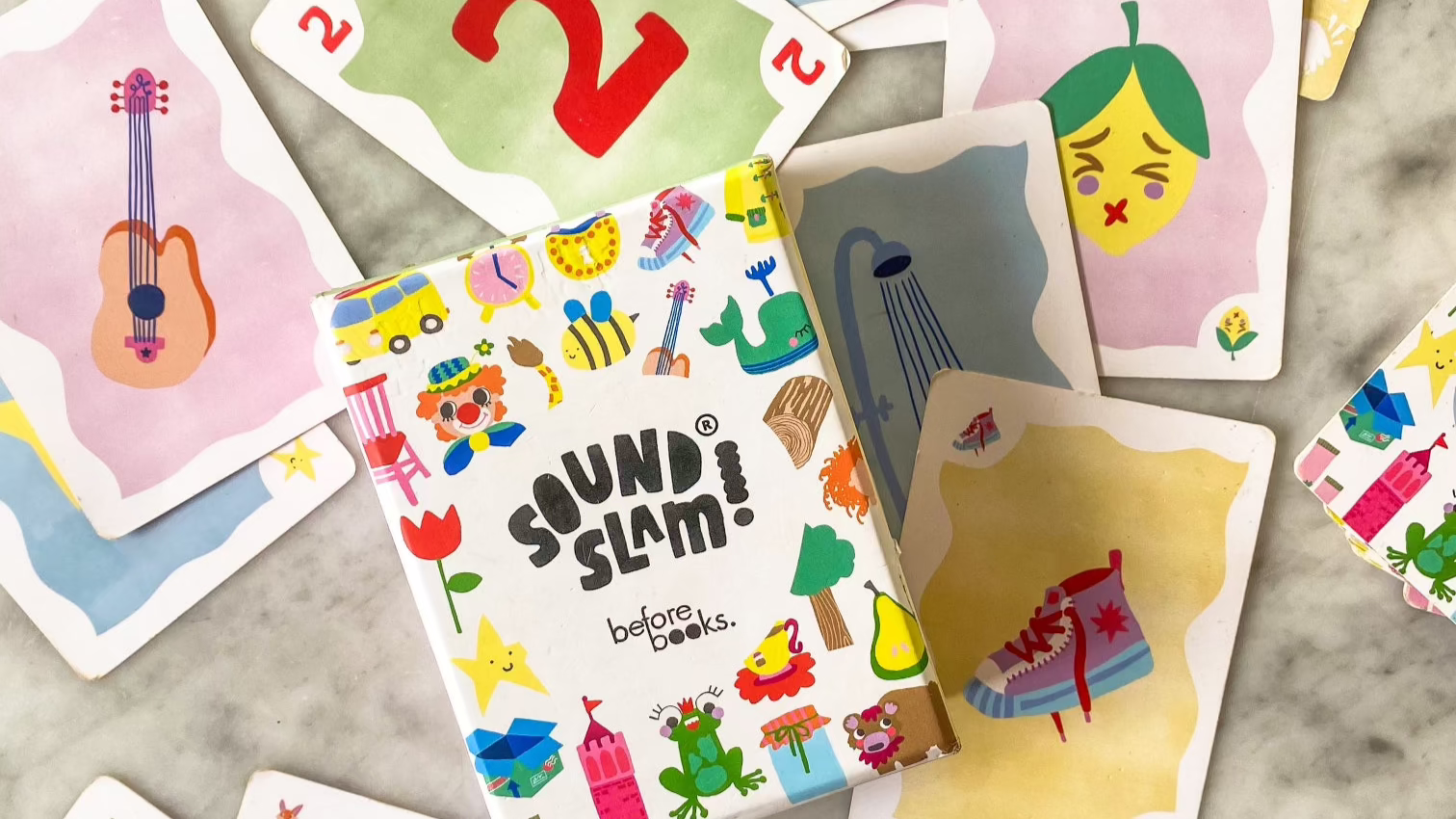
WHAT DO I NEED TO KNOW?
Phonological awareness is a sensitivity to sounds and sound patterns of language (Stone, 2018). It is the ability to perceive and manipulate word parts including syllables, rhymes and phonemes. It can be explicitly taught and practised before your child starts school. Phonological awareness is oral based, so it is exercised through conversation, word play and reading. It's the perfect starting point for preschoolers as it can be implemented without pencils or paper, you don't need to be sitting at a desk or even sitting still!
A crucial subset of phonological awareness is phonemic awareness. Often the two terms are used interchangeably but they are different from one another. While all phonological awareness exposure is beneficial for pre-readers, phonemic awareness is particularly important. In fact phonemic awareness is the best predictor of a preschooler's future reading ability, better than either socio-economic status or intelligence (National Reading Panel, 2000). Phonemic awareness refers specifically to one's ability to hear, identify and manipulate the smallest unit of sound, phonemes. It is not a simple thing for pre-readers as spoken language has no breaks in speech to show where one sound stops and another begins. Instead sounds fold into one another seamlessly. Phonemic awareness skills include identifying initial, final and medial phonemes in words, blending single phonemes together, segmenting words into single phonemes and- as students’ literacy develops alongside phonics instruction- deleting, adding and swapping phonemes within words.
Recognising that spoken language is composed of individual sounds is a crucial step in learning to read, but starting with larger parts of words like syllables and rhymes is an excellent starting point for pre-readers as it takes readers part of the way there (Seidenberg 2017).
OKAY ENOUGH CHAT, HOW DO I TAKE ACTION?
Play Sound Slam! A game that fosters mastery of rhyming, syllables, phoneme recognition!
Play What’s This Word using your Sound Slam cards (instructions included in every set) to practise blending and segmenting (two key phonemic awareness skills).
Read a variety of books to your child that include alliteration and rhyme.
Sing nursery rhymes and songs.
STANDING ON THE SHOULDERS OF GIANTS
National Reading Panel Report. (2000). Teaching children to read: An evidence-based assessment of the scientific research evidence on reading and its implications for reading instruction. Washington, DC: National Institute of Child Health and Human Development.
Seidenberg, M. S. (2017). Language at the speed of sight: How we read, why so many cannot, and what can be done about it. New York: Basic Books.
Stone, L. (2018). Reading for Life: High Quality Literacy Instruction for All.
